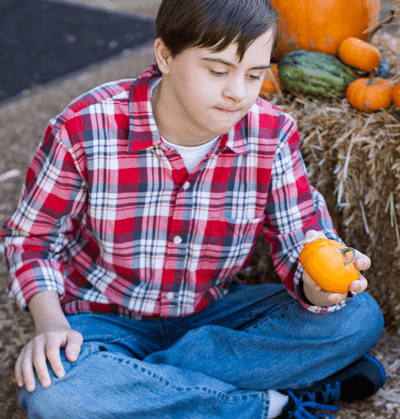EEG Neurofeedback study (Jerusiewicz, 2002)
- 20 children with ASD in experimental group.
- 20 children with ASD in control group
- Experimental group completed an average of 36 neurofeedback sessions
- Pre- and post-treatment scores on the Autism Treatment Evaluation Checklist (ATEC) were collected.
Pilot study results: percentage of improvement on ATEC
Neurofeedback group Control group
Speech/Language 29% 0%
Sociability 33% 7%
Sensory/Cognitive 17% 0%
Health/Physical/Behavior 26% 5%
Total 26% 3%
HEG Neurofeedback research (Limsila & Toomim, 2003)
- Largest HEG study to date.
- 180 autistic children in Thailand
- After 40 sessions, the cohort’s mean HEG readings (prefrontal activation) increased 53%
- Of the 81 subjects who were studying in public school, 86% increased their GPA by more than 0.5 (mean = 0.94) points on a 4-point scale
- Only 4% decreased their GPA by more than 0.5 points (mean = 0.57)
EEG Neurofeedback research (Coben & Padolsky, 2006)
- 37 subjects with autism
- 20 EEG neurofeedback sessions
- Wait list control group (n=12) matched for gender, age, race, handedness, IQ & treatment
- 89% success rate
- 40% reduction of autistic symptoms on ATEC
- Significant improvements on neuropsychological tests of Attention, Language, Visual-Perception & Executive Functioning
- QEEG & infrared imaging demonstrated gains
HEG Neurofeedback Research (Coben 2006)
- 28 subjects with autism
- 20 nir or pir HEG sessions
- Wait list control group (n=12) matched for gender, age, race, handedness, IQ & treatment
- All subjects had previously completed 20 sessions of EEG neurofeedback
- All subjects had identified frontal system dysfunction based on neurobehavioral testing, neuropsychological testing, infrared imaging, and QEEG data
- 90% success rate
- 42% reduction in autistic symptoms on ATEC
- 43% reduction in social interaction deficits
- 47% reduction in communication deficits
- 44% reduction in sensory/cognitive deficits
- 39% reduction in behavior deficits
- Statistically significant (p < .05) improvements in neurobehavioral and neuropsychological functioning
